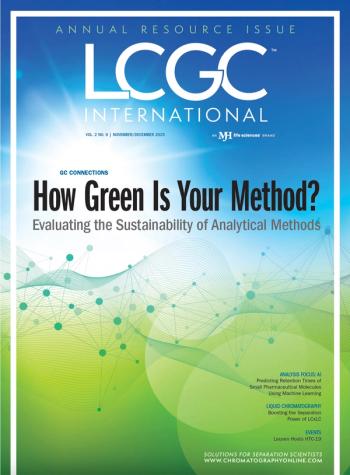
RTS Life Science announces new headquarters
British company RTS Life Science, supplier of automated sample management and pharmaceutical testing systems, has announced a new US headquarters.
British company RTS Life Science, supplier of automated sample management and pharmaceutical testing systems, has announced a new US headquarters and the formation of ‘RTS Life Science LLC’. Following the acquisition earlier this year of Hatch Science, a Massachusetts based life science company, both products and services have now been successfully integrated into the Group.
With a US team of approximately 20 mechanical, electrical, software, sales and support staff and a design engineering and manufacturing facility, RTS is reported to now be able to provide sales, engineering and support services to its US client base of sample management, biobanking and pharmaceutical testing customers.
Gary Walsh, CEO of RTS commented. “Our strategy is to strengthen our capabilities in the US which has always represented a substantial part of our business. We now have an extended localized team and have fully integrated our US operations into the business.”
For further information regarding RTS Life Science or automation solutions for sample management, biobanking or pharmaceutical testing applications visit
Newsletter
Join the global community of analytical scientists who trust LCGC for insights on the latest techniques, trends, and expert solutions in chromatography.



